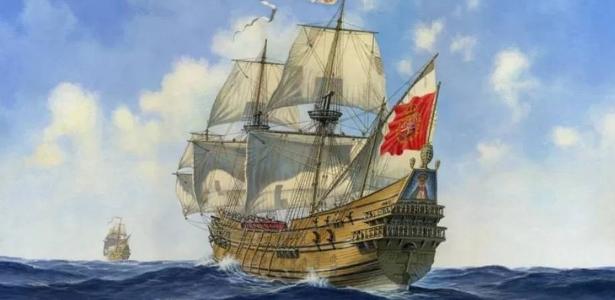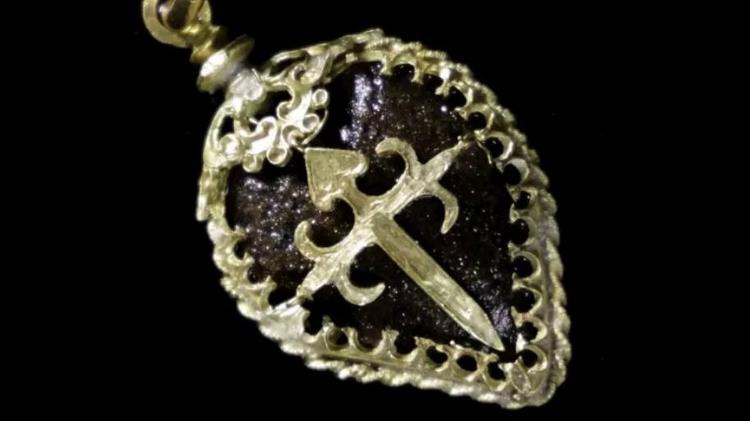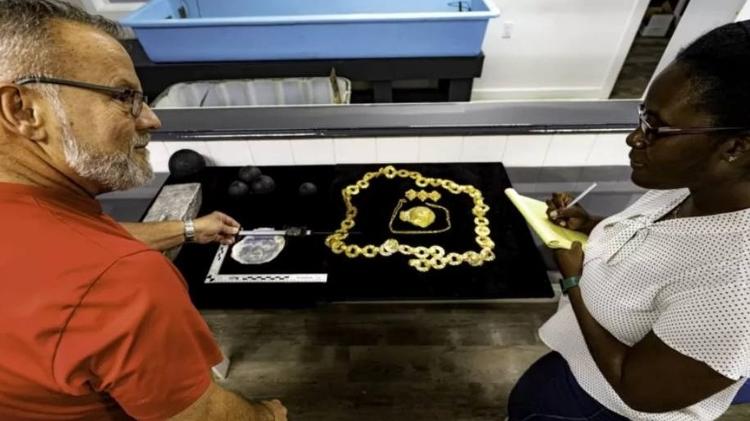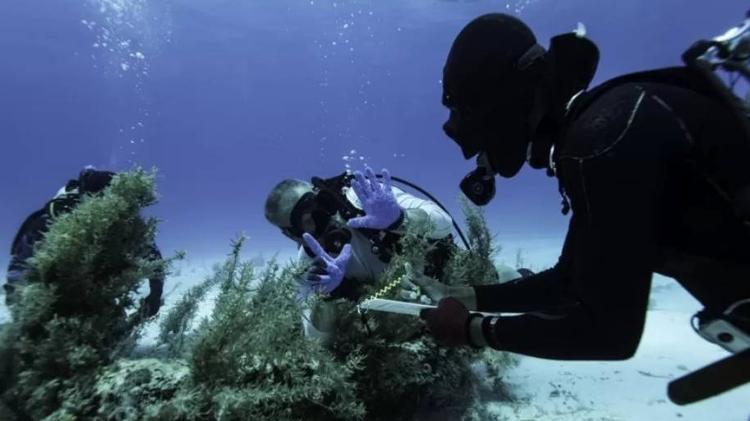It’s almost midnight on January 4, 1656, and the deck of the Spanish galleon Nuestra Señora de Las Maravillas is quiet.
All you can hear is the sound of the Caribbean Sea and the wind caressing the sails of the giant ship departing from Cartagena de Indias.
After collecting treasure from the wreck of Jesús María de la Limpia Concepción, which sank on a reef in Ecuador, he heads to Spain.
But in a few seconds everything changes.
The flagship Nuestra Señora de La Concepción made a navigational error and collided with the Maravillas that fateful night, sending the Spanish galleon onto a reef.
In less than 30 minutes the ship would be at the bottom of the ocean.
Of the 650 crew, only 45 survived.
a new recovery
Now, explorers have found some marvels carried by the Maravillas, and they are on display at the Bahamas Maritime Museum.
“The Maravillas are an iconic part of the Bahamas’ maritime history,” says Carl Allen, entrepreneur and founder of Allen Exploration, the organization behind the expedition.
“The wreck of the galleon has had a difficult history: many pieces were salvaged by Spanish, British, French, Dutch, American and Bahamian expeditions in the 17th and 18th centuries,” he says.
According to the maritime museum, one of the most important items recovered from Allen’s expedition is a gold necklace with the cross of Santiago in the middle.
A second gold necklace found among the debris is oval and measures 4.7 centimeters long.
In the centre, the large oval-shaped Colombian emerald cross of Santiago stands out. The outer frame is decorated with 12 emeralds representing the 12 apostles.
The Order of Santiago was the most prestigious military unit in Spain and Portugal. His knights were particularly active in the maritime trade.
Portuguese navigator Vasco da Gama, the first European to sail to India, set out with the 8 Knights of the Order when he took command of a fleet of 21 ships between 1502 and 1503.
Importance of the Bahamas
The company responsible for the discovery said it hopes to keep the pieces in the Bahamas museum as it is part of the great historical and cultural wealth of the place.
“For a nation built from the ocean, it’s surprising that so little is known about the Bahamas’ relationship to the sea,” says Michael Pateman, director of the Bahamas Maritime Museum.
“Few people know, for example, that the Lucayan indigenous peoples settled here 1,300 years ago, or that the entire population of about 50,000 were forcibly expelled, forced to look for pearls in Venezuela, and disappeared in less than three decades.” reports.
– This text was originally published at https://www.bbc.com/portuguese/geral-62516554.
source: Noticias
[author_name]








